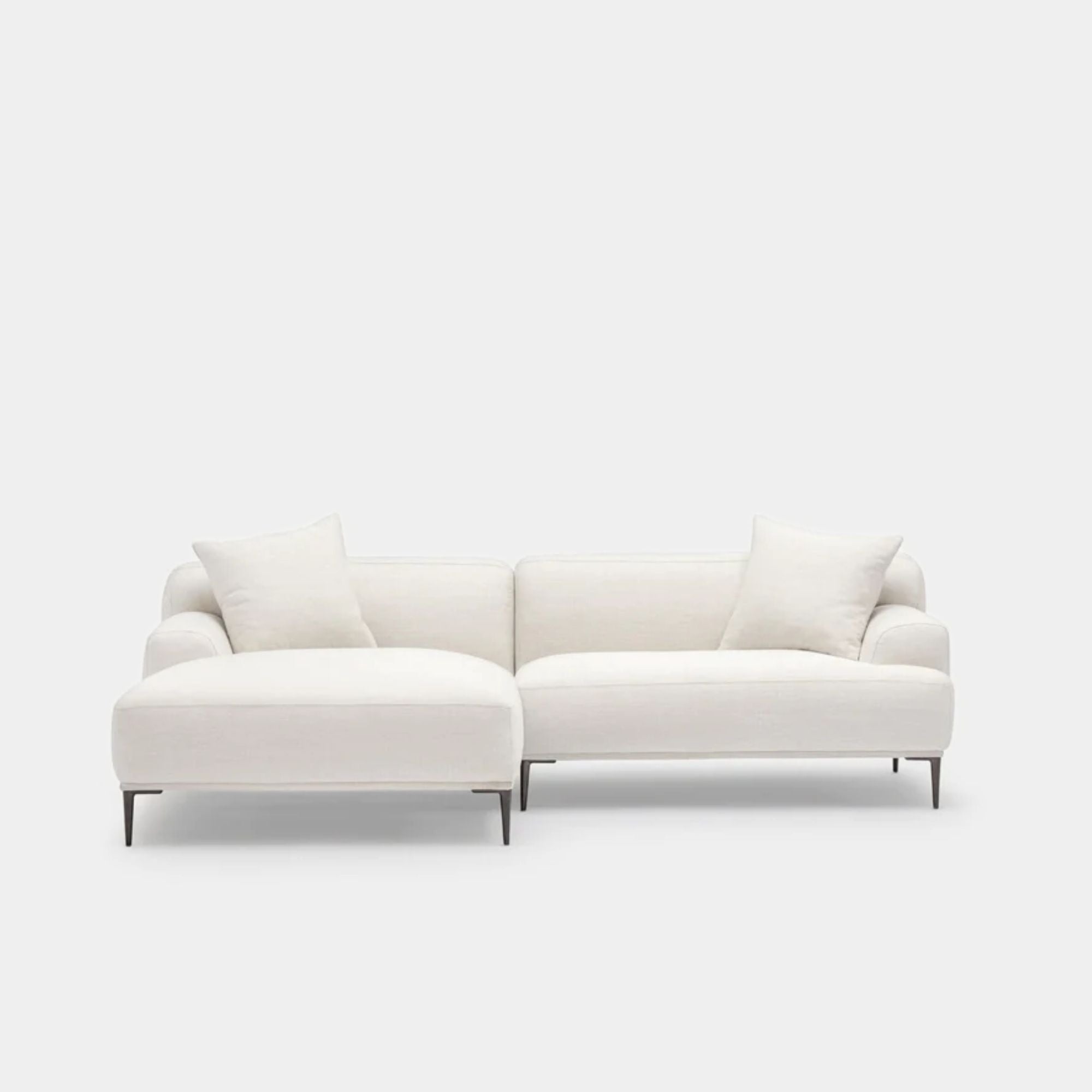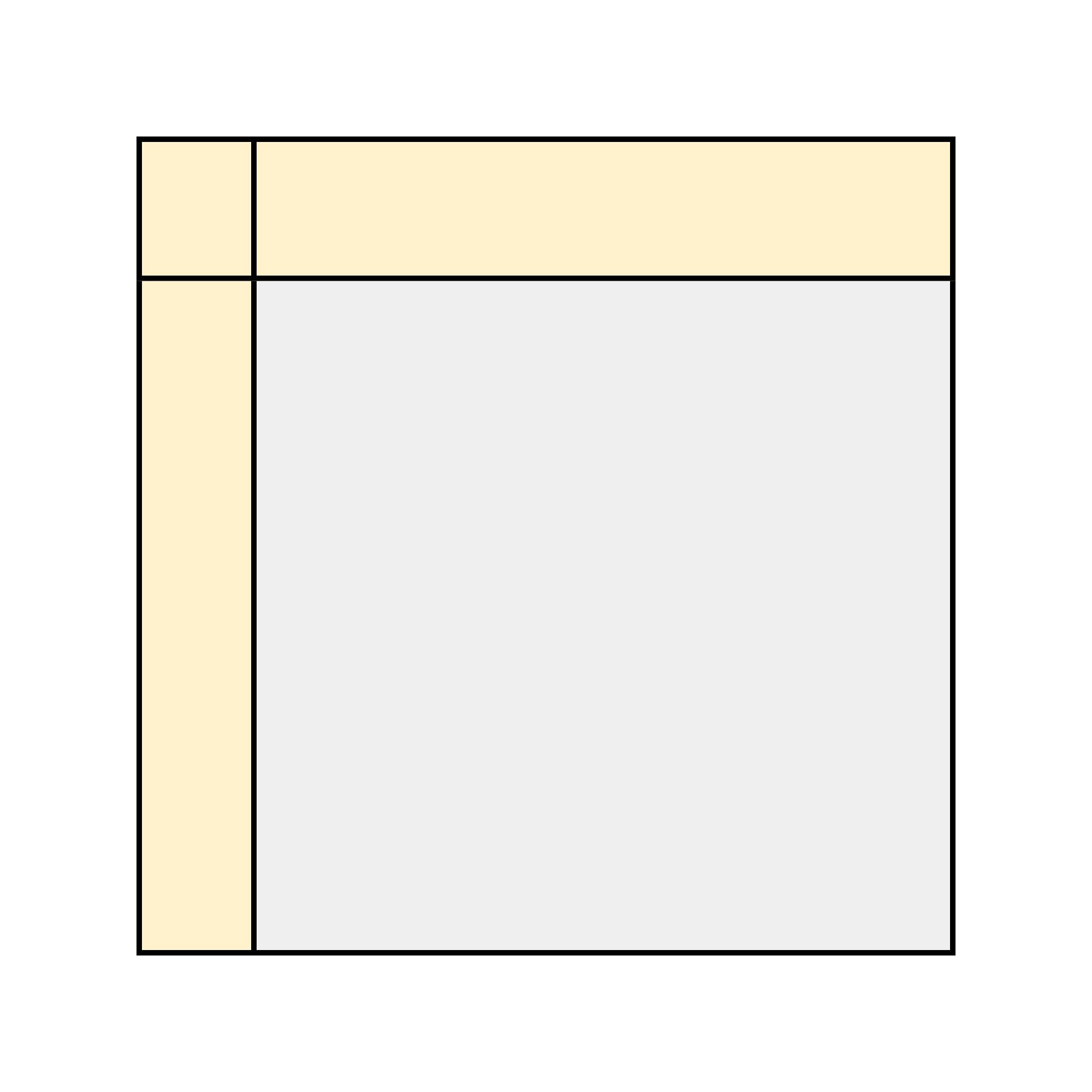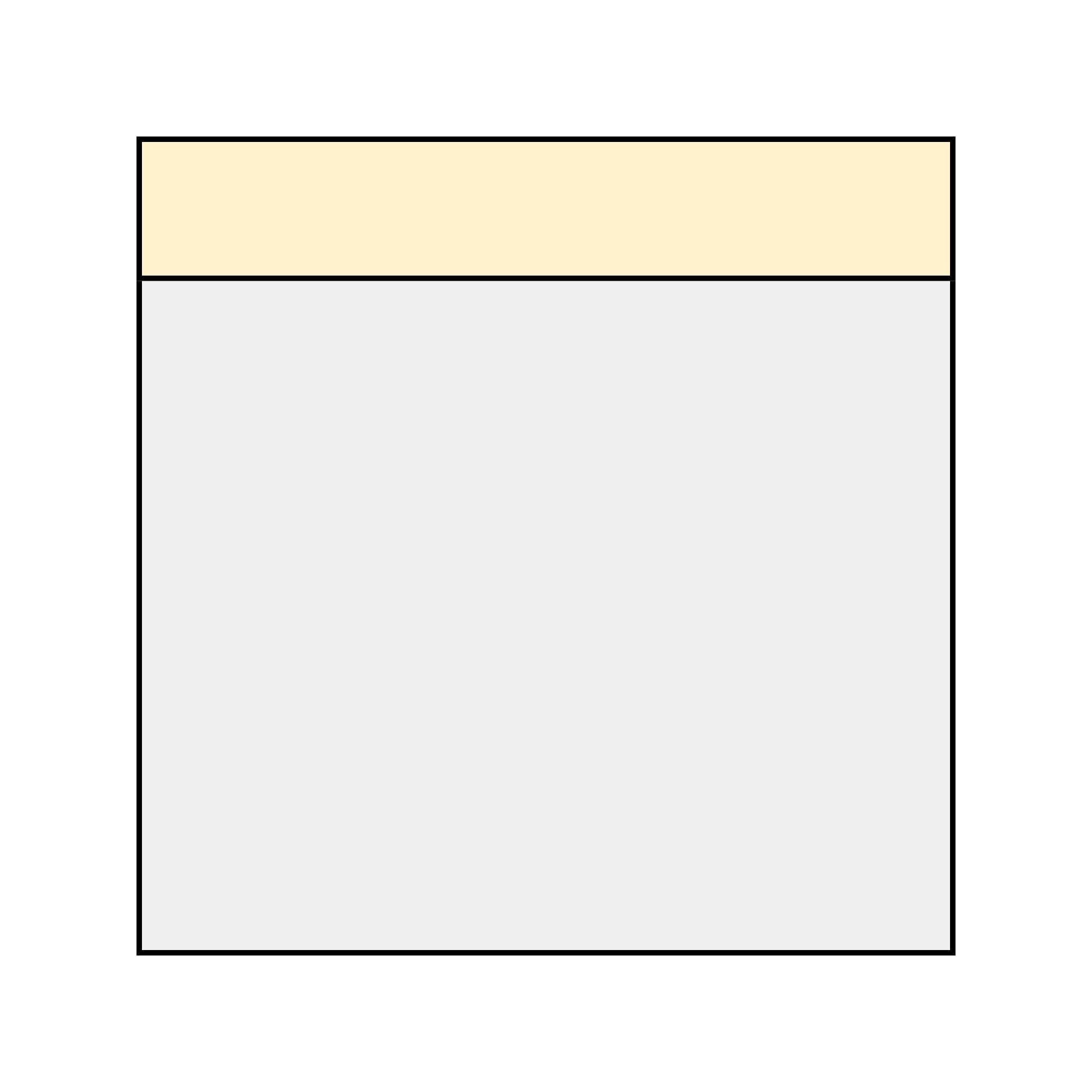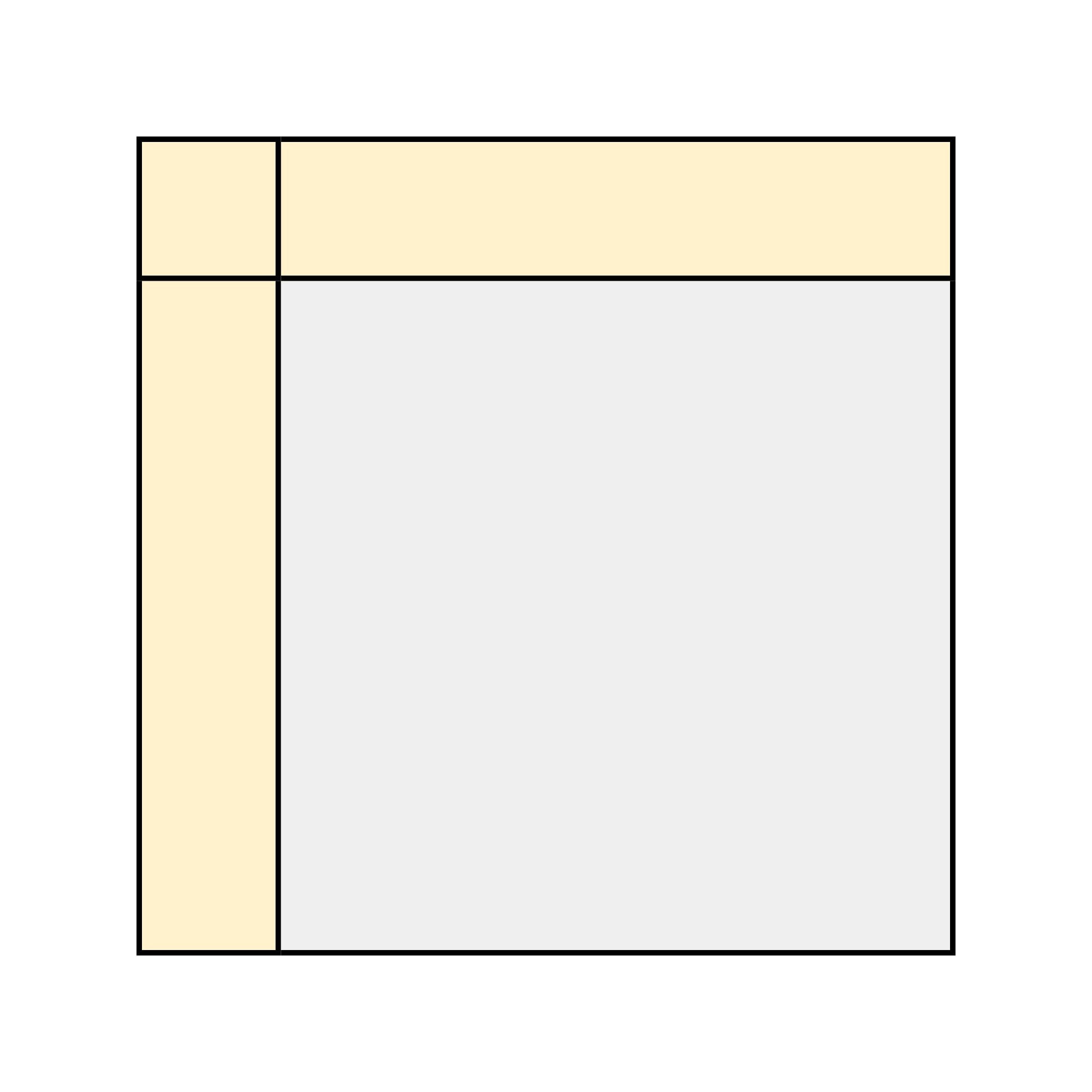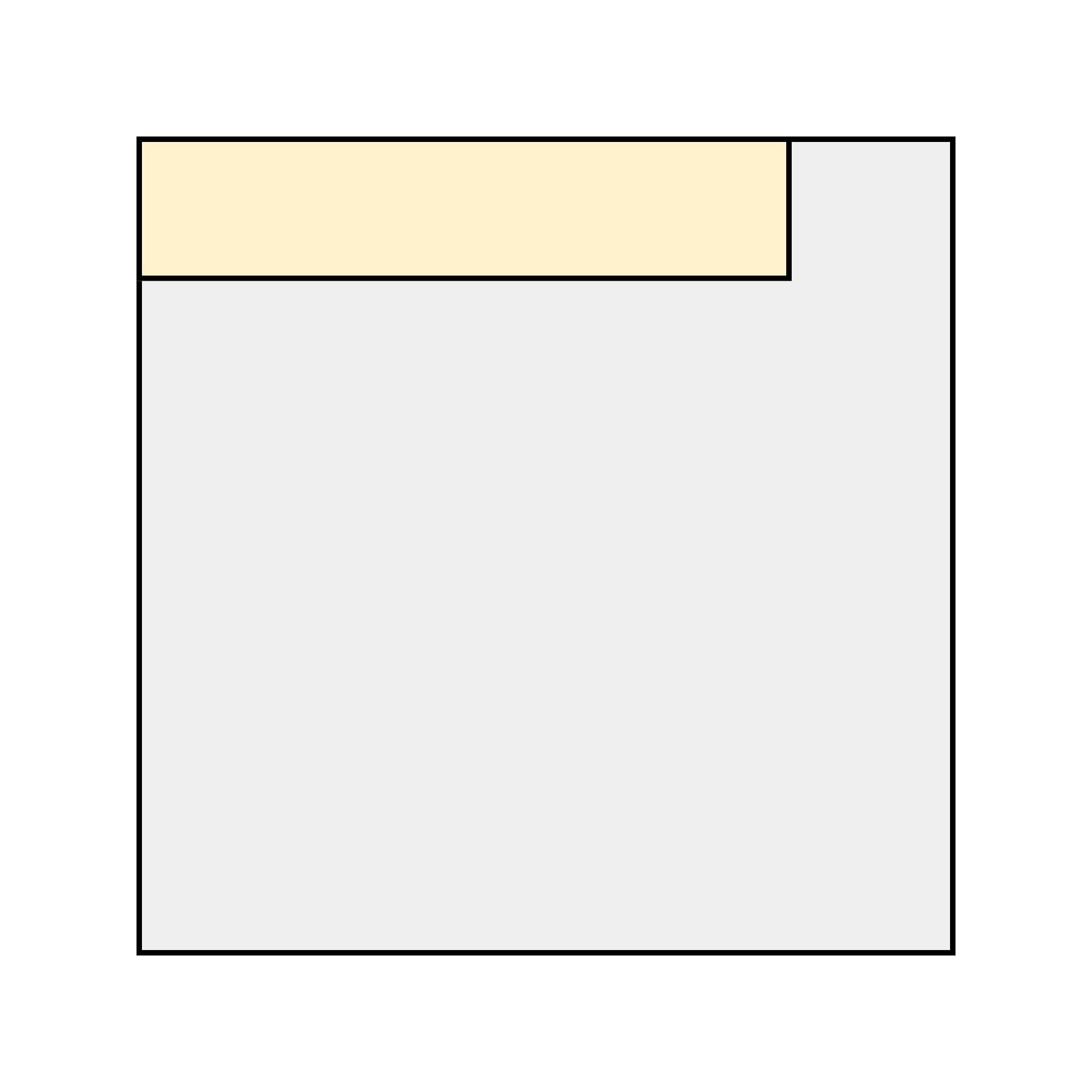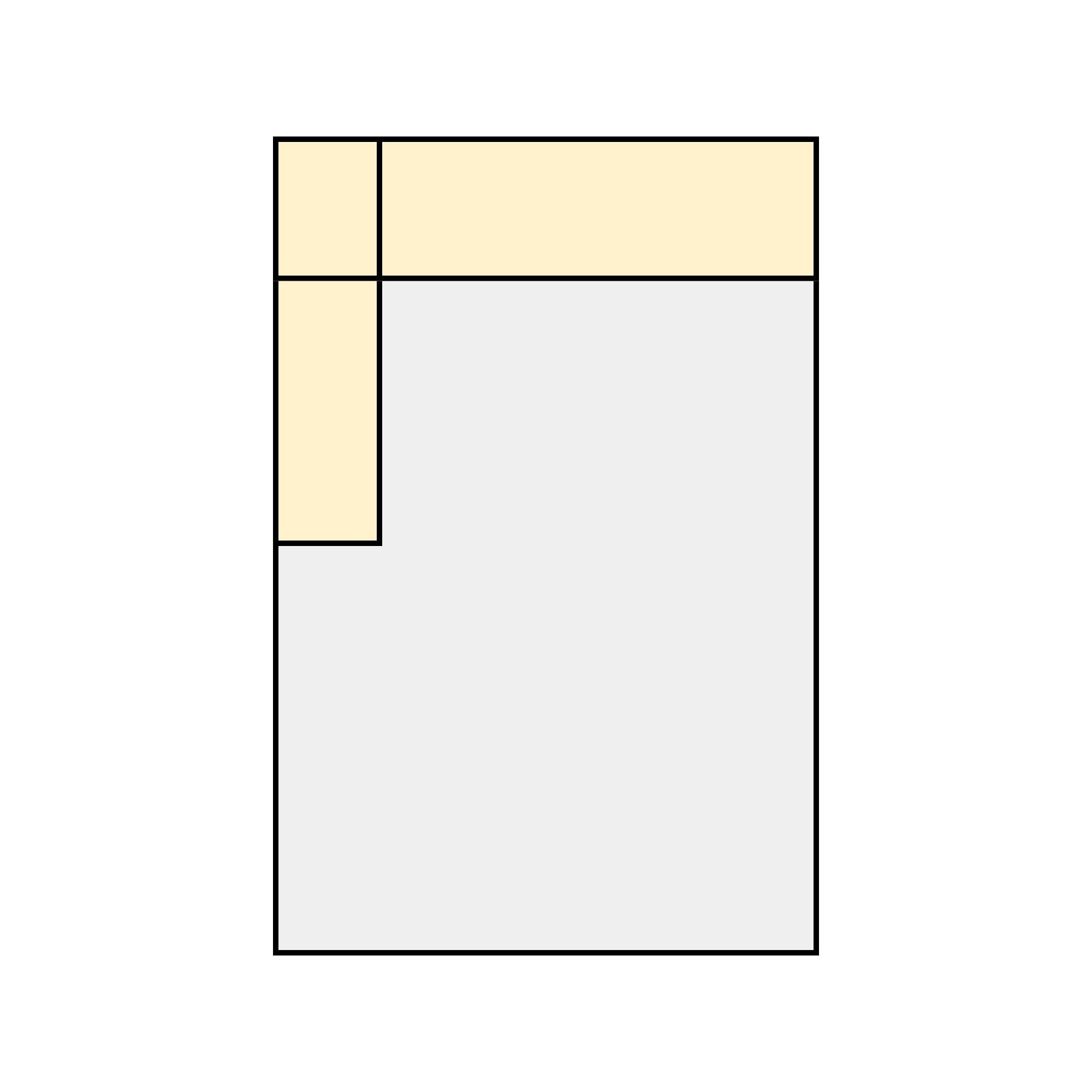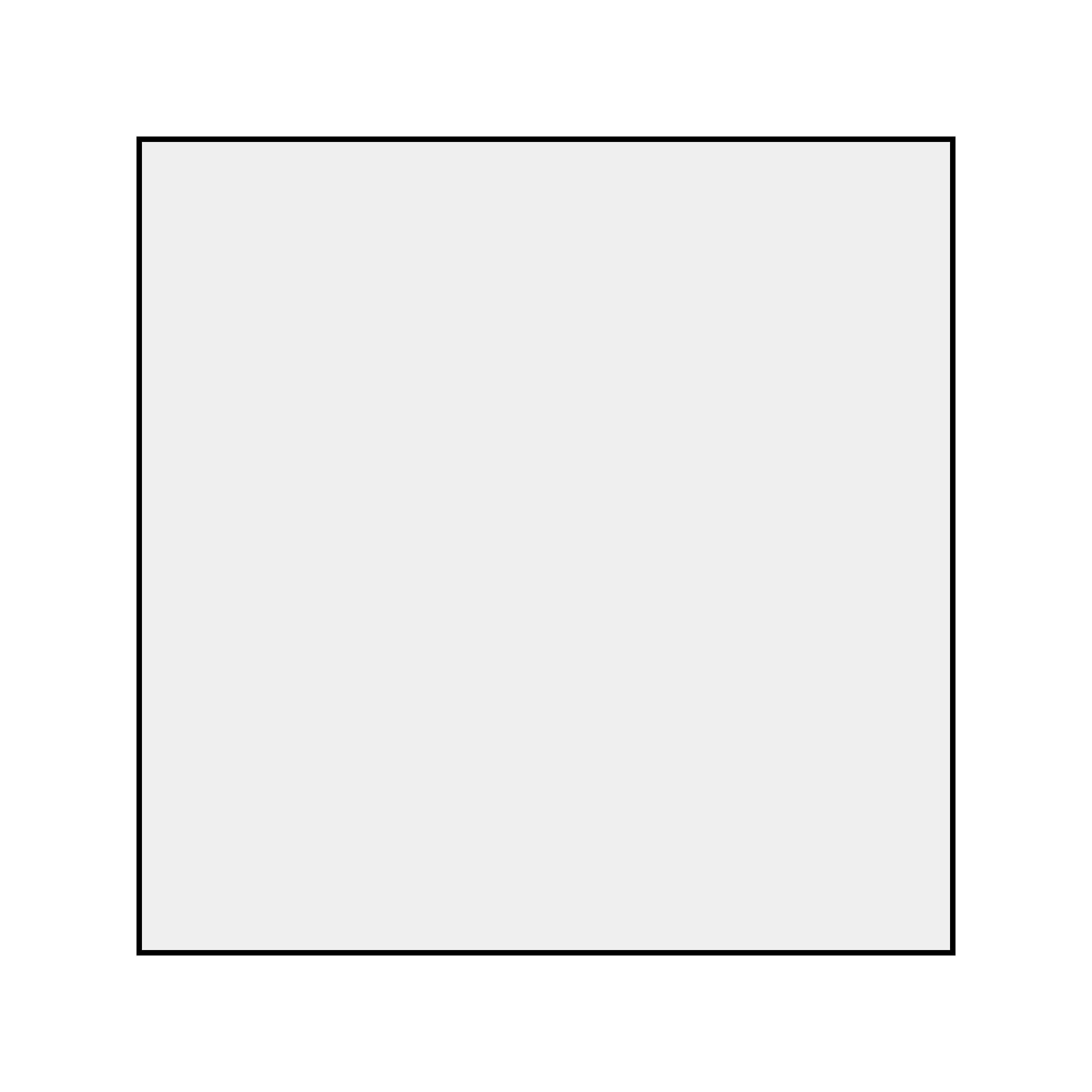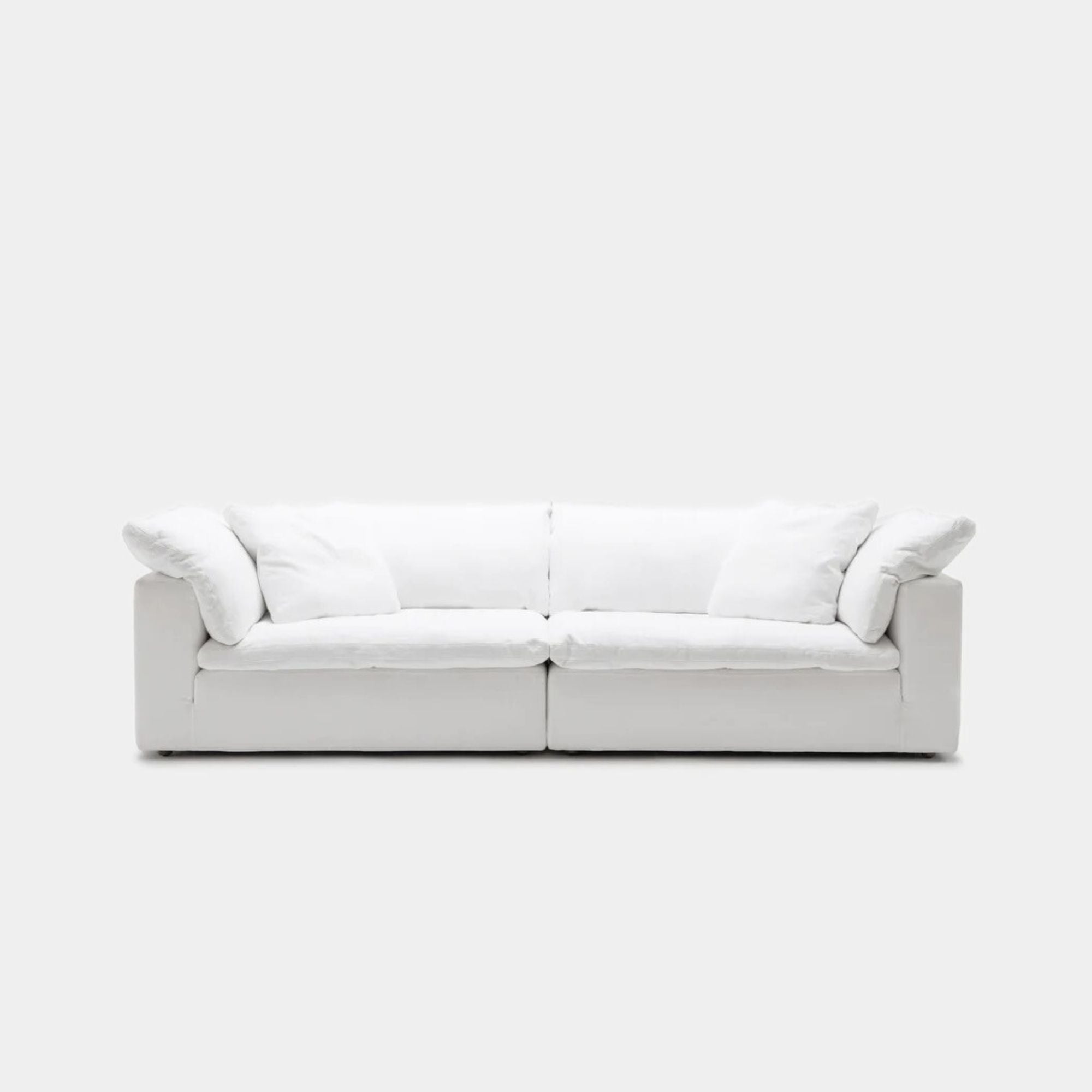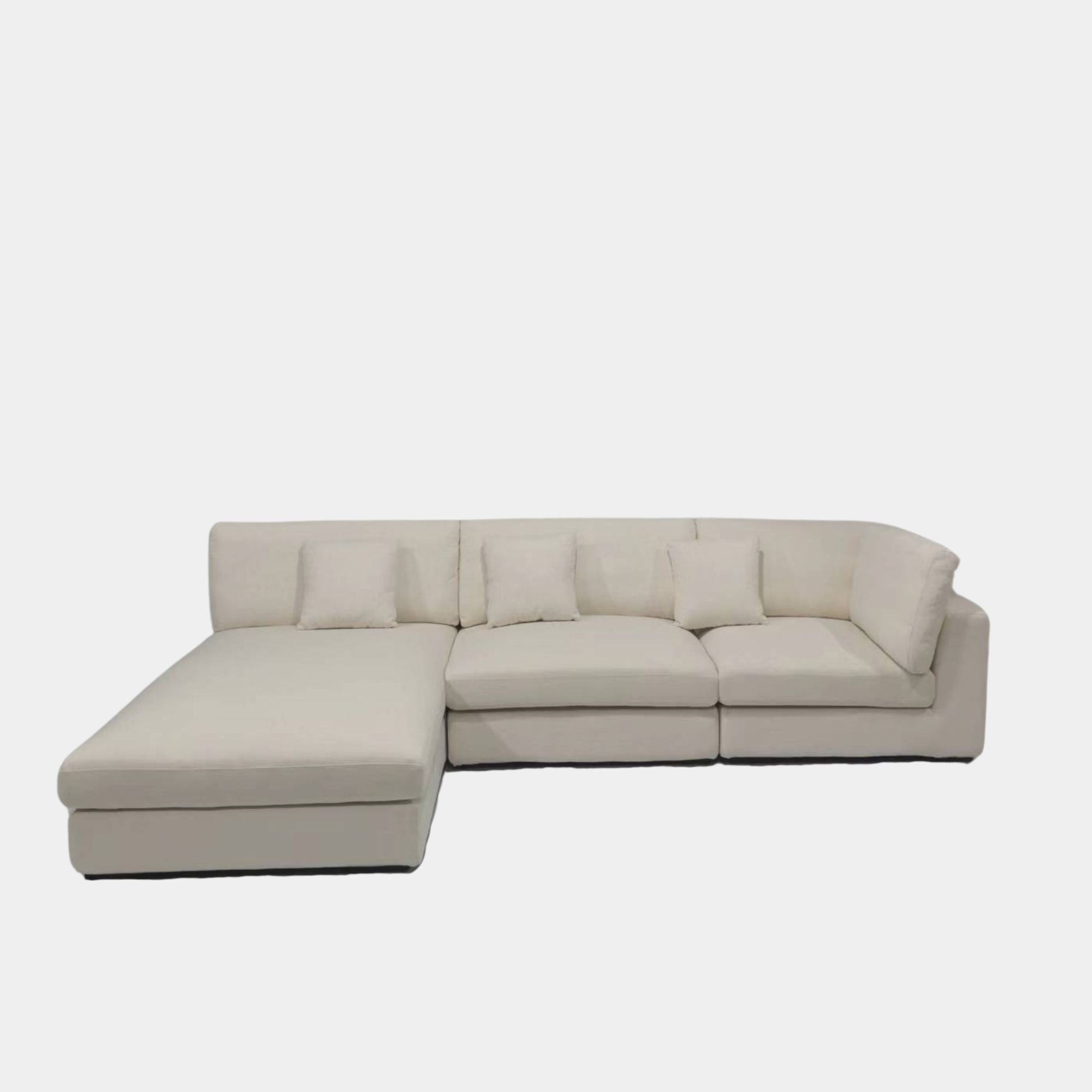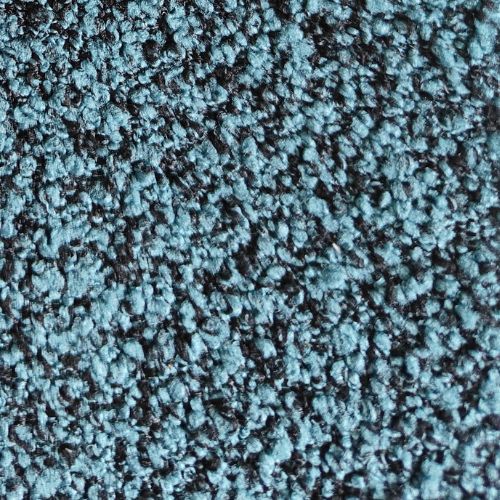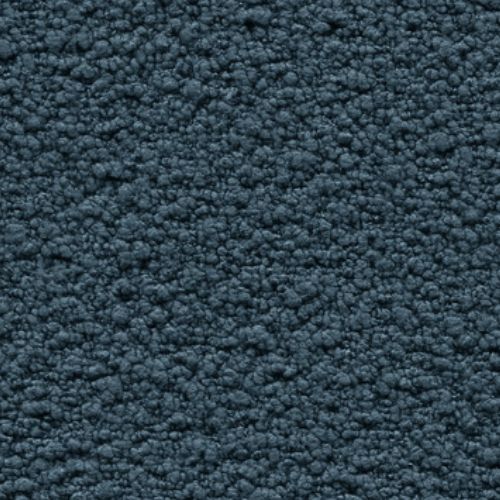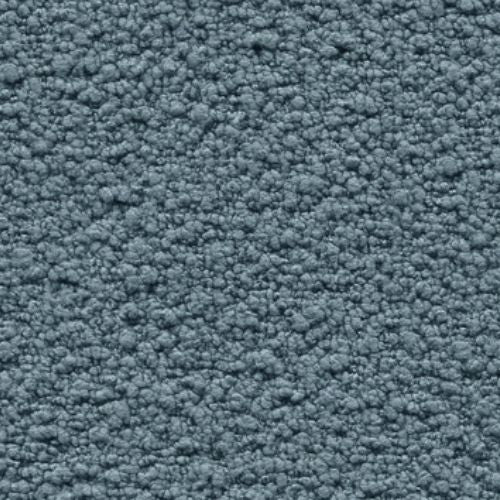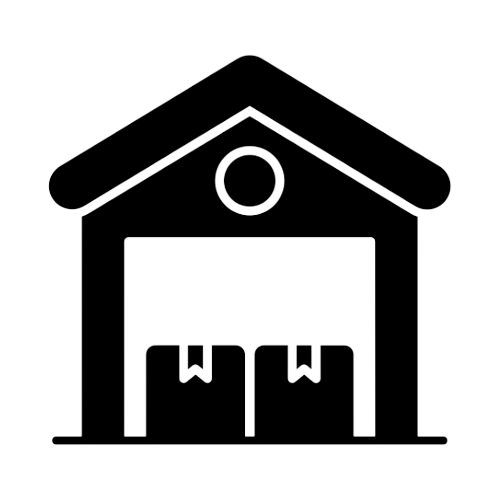Browse through some common questions that people may have. Reach out if still in doubt!
Guide
What is a corner sectional sofa?
A corner sectional sofa is a type of seating arrangement designed to fit snugly into the corner of a room, making efficient use of space while providing ample seating.
It’s typically made up of multiple connected sections, including a corner piece that forms a 90-degree angle, allowing it to wrap around two adjacent walls.
Are there any dimension restrictions for corner sectional sofas?
From an aesthetic perspective, a corner sofa typically takes up about 240cm to 300 cm in width on each side and around 90cm to 100cm in depth.
This means you’ll need a space of roughly 240cm x 240cm minimum to comfortably accommodate it.
How many people can sit on your corner sectional sofa?
The seating capacity of our corner sectional sofas varies based on their size and configuration:
- Compact Corner Sectionals: Typically, smaller corner sectionals (around 240 x 240 cm) can comfortably seat 3 to 4 people. These are ideal for small to medium-sized rooms.
- Standard Corner Sectionals: Standard-sized corner sectionals (around 300 x 300 cm or more) usually seat 5 to 6 people, providing ample seating for families or small gatherings.
- Large Corner Sectionals: For larger models or custom configurations, which often measure 350 cm or more on each side, you can expect seating for 7 or more people, making them perfect for bigger living rooms or entertaining larger groups.
Ultimately, the seating capacity depends on the sofa’s layout and the type of modules it includes, such as chaises or additional middle units. Our modular designs let you adjust the configuration to fit your seating needs.
What is the difference between a corner sectional sofa and a L shape sectional sofa?
Though often used interchangeably, corner sectional sofas and L shape sectional sofas have slight differences in design and layout.
1 - Shape and Design:
- Corner Sectional Sofa: This sofa typically forms a right-angle shape, wrapping around the corner of a room. It often includes a distinct corner module that joins two seating sections, creating a true “corner” that sits at a 90-degree angle.
- L-Shape Sectional Sofa: An L-shape sectional typically has two straight sections forming an “L” without a specific corner piece. This shape is often created by joining a sofa and a chaise, giving it a more streamlined look.
2 - Configuration:
- Corner Sectional Sofa: Commonly used to create a more enclosed, cozy space, as it fits directly into a corner with seats on either side of the angle, allowing it to feel like a defined seating nook.
- L Shape Sectional Sofa: Works well in both corners and open spaces. Its design is more flexible for smaller rooms, where a full corner piece might take up too much space.
In summary, a corner sectional sofa is best for maximizing seating in a larger, dedicated corner space, while an L shape sectional sofa offers a versatile, space-efficient option for smaller rooms or flexible layouts.
What is boucle fabric?
Boucle fabric is a type of textured material made from looped yarns, giving it a distinctive, soft, and nubby appearance. Its natural softness and tactile appeal make it ideal for creating cozy, inviting spaces.
Boucle has become popular in modern interior design, especially for upholstered furniture like sofas and armchairs. It is highly durabile, making it suitable for both decorative and functional pieces.
What sofa styles does boucle fabric work well with?
Boucle fabric complements several sofa styles beautifully, each showcasing its texture in unique ways:
- Curved Sofas: Boucle’s soft, looped texture enhances the cosy, inviting look of curved sofas. This design nods to 1940s mid-century furniture, like Eero Saarinen’s iconic “womb” chair, creating a warm and comfortable ambiance.
- Boxy Sofas: For a modern twist, boucle pairs well with boxy or straight-edged sofas. The fabric’s plush texture contrasts with the clean lines, adding visual depth and a contemporary feel to the space.
- Low-profile Sofas: Boucle fabric works well with low-profile sofas, lending a grounded yet luxurious vibe that aligns with minimalist and modern aesthetics.
Boucle fabric's tactile appeal and visual warmth make it a popular choice for sofa styles that aim to create a cosy, modern living space.
How to clean boucle fabric?
Cleaning boucle fabric is straightforward but requires gentle care to maintain its textured look and soft feel:
- Regular Vacuuming: Use a vacuum with an upholstery attachment to remove dust and debris from boucle fabric. This prevents dirt from settling into the loops, keeping the texture looking fresh.
- Spot Cleaning: For spills, gently blot the area with a clean, dry cloth. Avoid rubbing, as it can damage the loops. Use a mild upholstery cleaner if needed, following the product’s instructions carefully. Test in an inconspicuous area first to ensure it doesn’t affect the fabric colour.
- Avoid Excess Water: Boucle fabric is sensitive to moisture. If spot cleaning with water, use minimal amounts to prevent saturation, as too much moisture can weaken the fabric’s structure.
- Professional Cleaning: For deep cleaning, especially with stubborn stains, consider a professional upholstery cleaning service. This helps maintain the boucle's texture without risking damage from DIY methods.
With regular maintenance, boucle fabric will keep its distinctive, cosy look for years to come.
What is the benefit of choosing blue sofas?
Blue sofas bring a calming atmosphere to a room.The colour blue is often associated with tranquillity, trust, and serenity.
Depending on the shade, blue can evoke feelings of relaxation or add a vibrant, fresh energy to a space. A blue sofa can serve as both a statement piece and a soothing backdrop, balancing a room's decor.
What design styles work well with blue?
Blue sofas are adaptable and suit a variety of design styles, including:
- Coastal: Light blues evoke a breezy, coastal feel, perfect for airy, relaxed spaces.
- Modern and Contemporary: Darker shades of blue create a striking focal point, especially in modern or contemporary interiors.
- Traditional: Classic blues work beautifully in more formal settings with traditional designs.
- Eclectic: Pairing different shades of blue with bold patterns can enhance an eclectic look.
What cushions work well with blue sofas?
Cushions in neutral tones such as white, cream, or light grey create a calming contrast with blue.
For more vibrant options, mustard yellow, burnt orange, or coral can bring warmth and energy to a blue sofa.
Gold and metallic tones add a touch of luxury, while deeper shades of blue or green can create a cohesive, monochromatic scheme.
What rugs work well with blue sofas?
Neutral rugs in shades of white, cream, or soft grey can soften the impact of a blue sofa, creating a balanced look.
For added depth, patterned rugs with blue elements or bold designs such as geometric or tribal patterns can enhance the room’s dynamic.
Textured, plush rugs in complementary colours also add warmth and comfort.
What wall colour work well with blue sofas?
Neutral walls in soft white, cream, or light grey allow a blue sofa to stand out without overwhelming the space.
For a more dramatic effect, deeper shades of blue, grey, or even rich greens can create a cohesive, bold look.
Light, cool tones such as pale blues or soft greens offer a refreshing contrast to a blue sofa.
What if I couldn’t find the shade of blue such as teal or navy blue that I need?
If you’re unable to find the specific shade of blue you're looking for, such as teal or navy blue, please reach out to us with a sample of the material you would like to customise.
Whether it’s fabric or leather, we will contact our supplier base to find a similar upholstery material that suits your needs.
